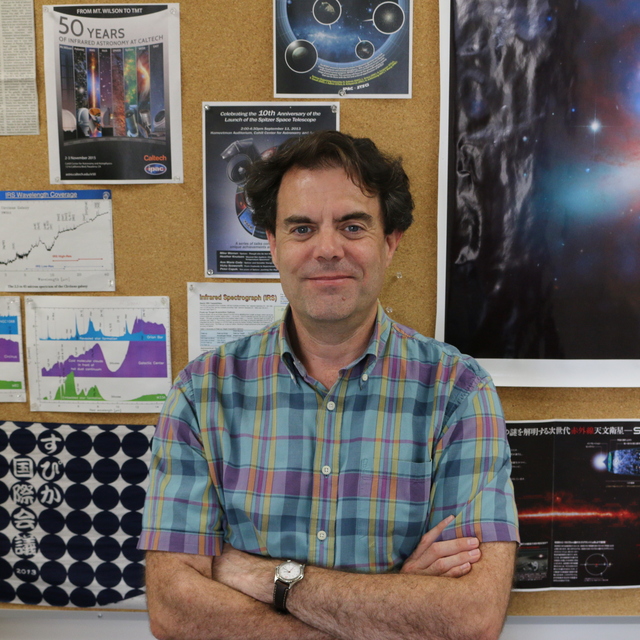October
2017
•
2017ApJ...847..136B
Authors
•
Brown, Michael J. I.
•
Moustakas, John
•
Kennicutt, Robert C.
•
Bonne, Nicolas J.
•
Intema, Huib T.
•
de Gasperin, Francesco
•
Boquien, Mederic
•
Jarrett, T. H.
•
Cluver, Michelle E.
•
Smith, J. -D. T.
•
da Cunha, Elisabete
•
Imanishi, Masatoshi
•
Armus, Lee
•
Brandl, Bernhard R.
•
Peek, J. E. G.
Abstract
•
We present calibrations for star formation rate (SFR) indicators in the ultraviolet, mid-infrared, and radio-continuum bands, including one of the first direct calibrations of 150 MHz as an SFR indicator. Our calibrations utilize 66 nearby star-forming galaxies with Balmer-decrement-corrected {{H}}α luminosities, which span five orders of magnitude in SFR and have absolute magnitudes of -24< {M}r< -12. Most of our photometry and spectrophotometry are measured from the same region of each galaxy, and our spectrophotometry has been validated with SDSS photometry, so our random and systematic errors are small relative to the intrinsic scatter seen in SFR indicator calibrations. We find that the Wide-field Infrared Space Explorer W4 (22.8 μm), Spitzer 24 μm, and 1.4 GHz bands have tight correlations with the Balmer-decrement-corrected Hα luminosity, with a scatter of only 0.2 dex. Our calibrations are comparable to those from the prior literature for L ∗ galaxies, but for dwarf galaxies, our calibrations can give SFRs that are far greater than those derived from most previous literature.
Links




